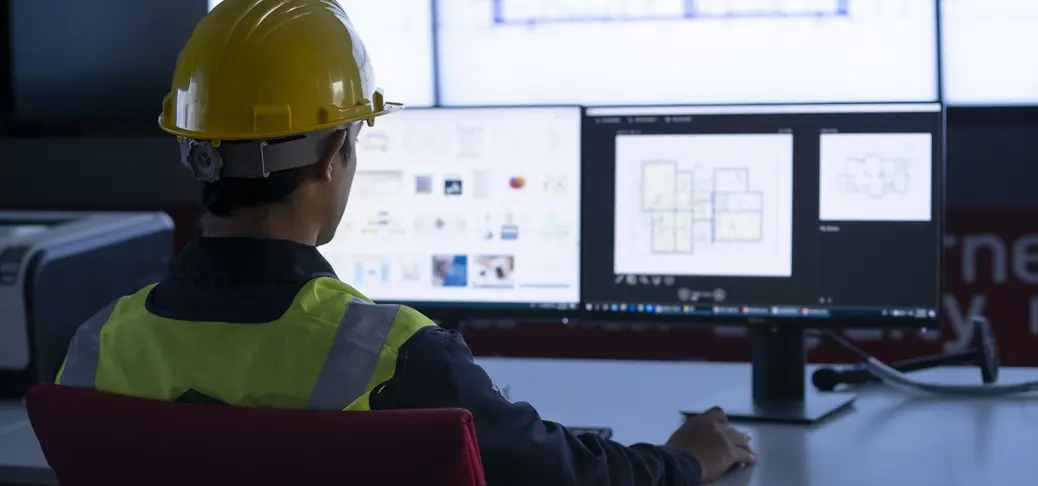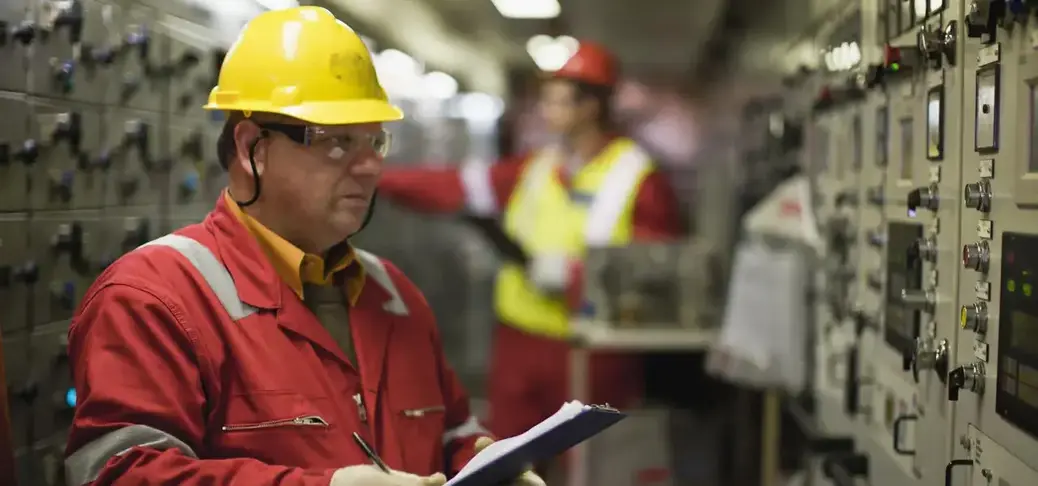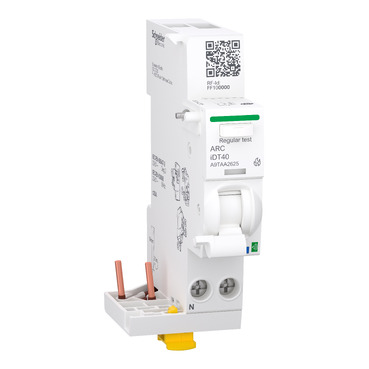Electrical safety
Prioritizing electrical safety with our technology, tools, and expertise. Discover how our solutions reduce hazards and enhance safety in buildings.
Electrical worker safety
Explore our e-guide and define an arc flash mitigation strategy that aligns with standards, starting at the electrical design phase.
Innovative solutions for electrical safety
Our innovative EcoStruxure™ architectures solutions help safeguard professionals working with electricity to let them do their job with greater confidence.
Enhanced electrical design and engineering
Featured products and software
Partner programs
Consultants, designers, and engineers
You are the first line of defense in electrical fire prevention. Discover our resources and tools to make more precise choices about products and systems when designing with electrical fire protection top of mind.
Partner programs
Contractors
You must be able to ensure customers that their installation is dependable. Discover our resources and tools to better select, calculate, commission and operate for electrical fire prevention.
Partner programs
Panel Builders
You can ease your customers' peace of mind by implementing our products and solutions for fire prevention. Discover our resources and tools to select and build with confidence.
Improving electrical safety in your building
Explore applications that help reduce electrical hazards and the solutions for reliability improvement.


_BUILDER.IOSquare.webp)



_BUILDER.IORectangle.webp)


















